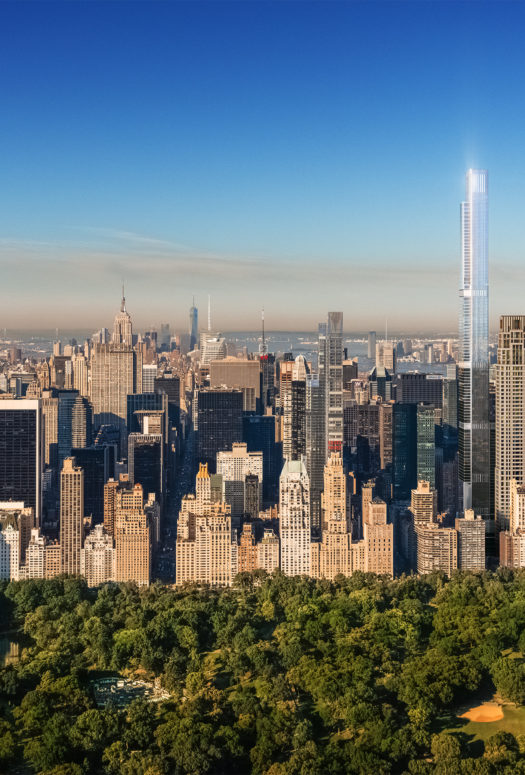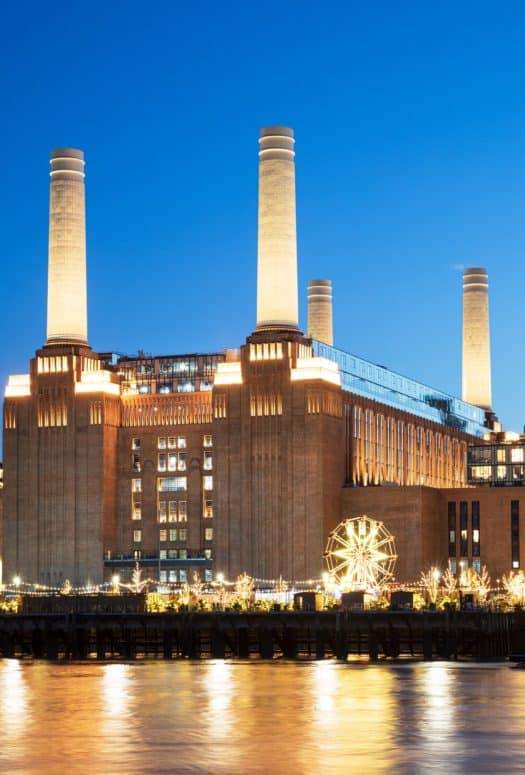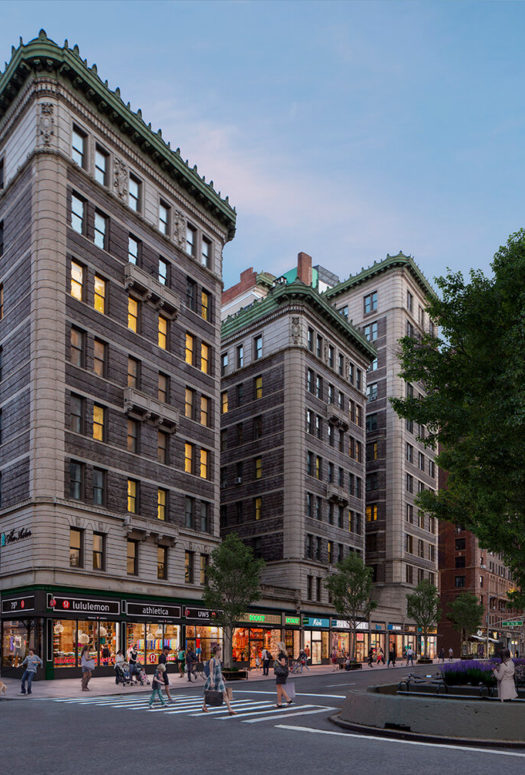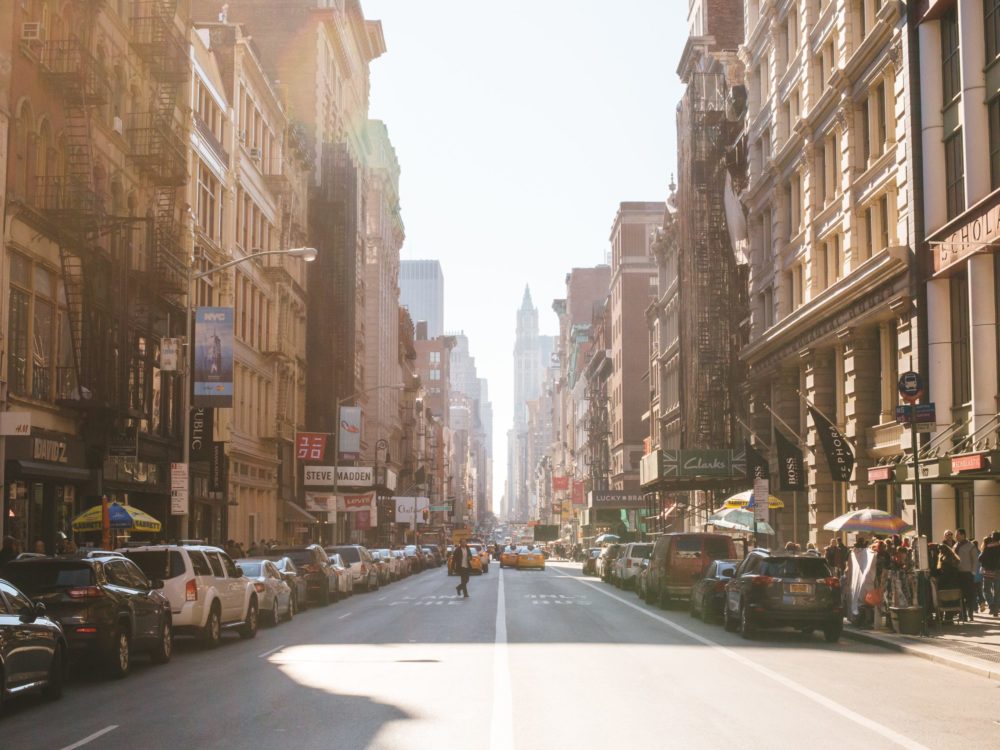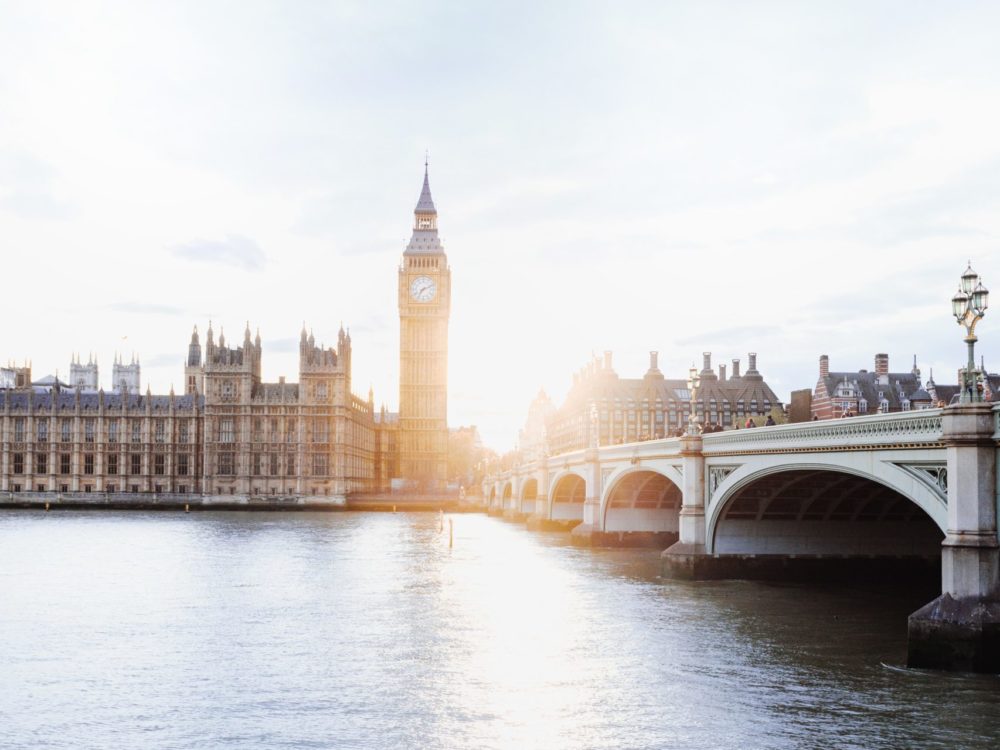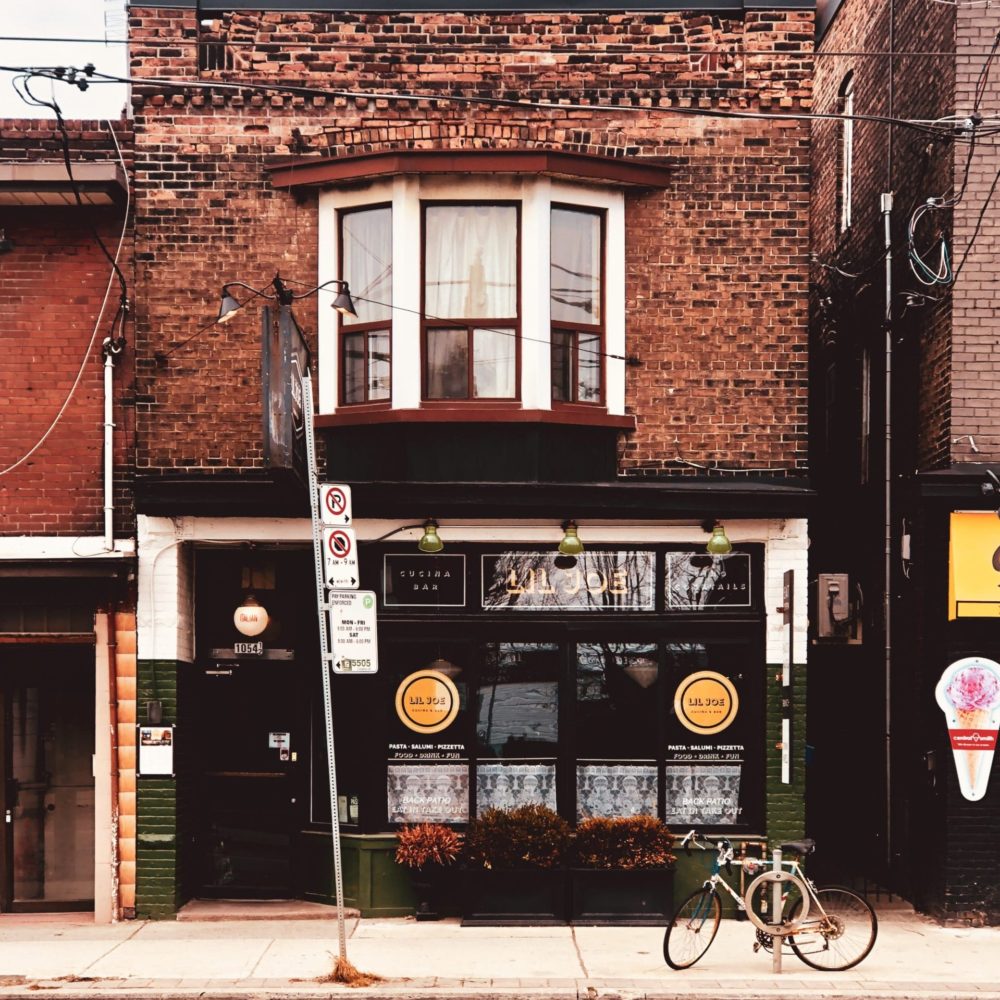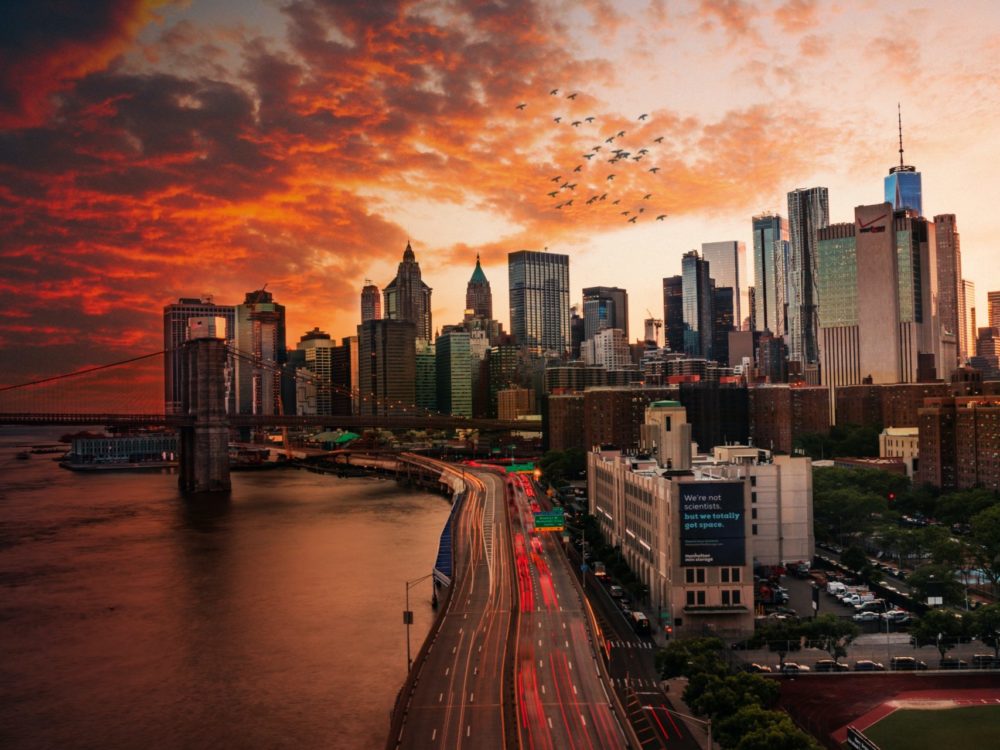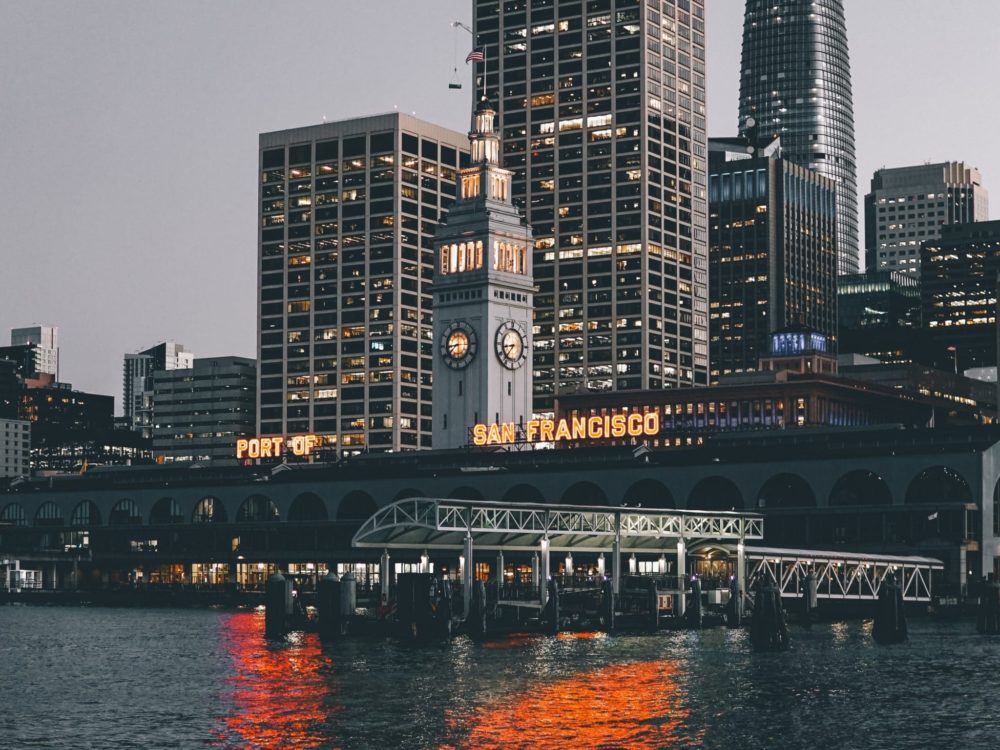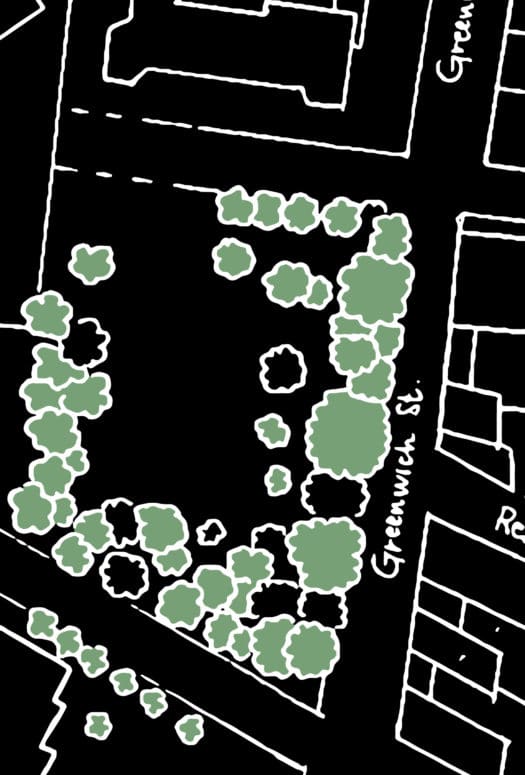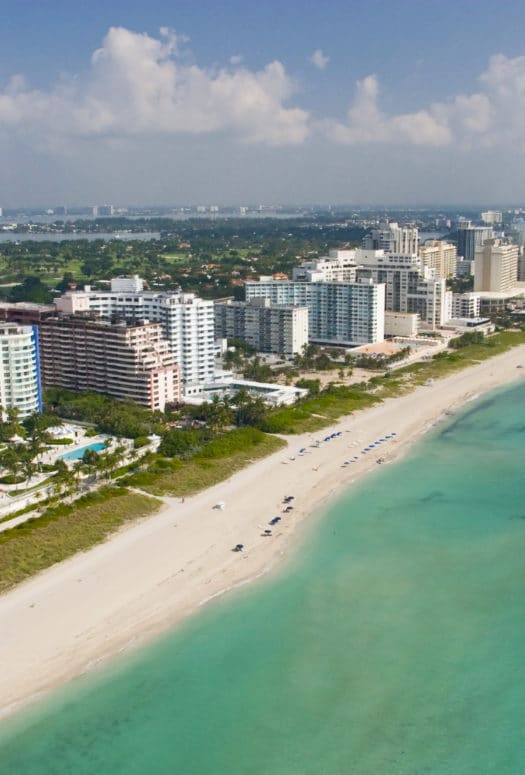Why Cities Are at the Forefront of How We Live Today
By: LX Collection
Thirty years ago, the first city-building video game, SimCity, was released. There have been dozens of spin-offs and iterations since its inception, but one key element of the game has remained the same: There is no end. The game is meant to be played continuously. That may sound ridiculous (or genius, depending) but it makes sense. Ask yourself: When is a city “finished”? Many would argue that a city is never finished—and perhaps that’s the point.
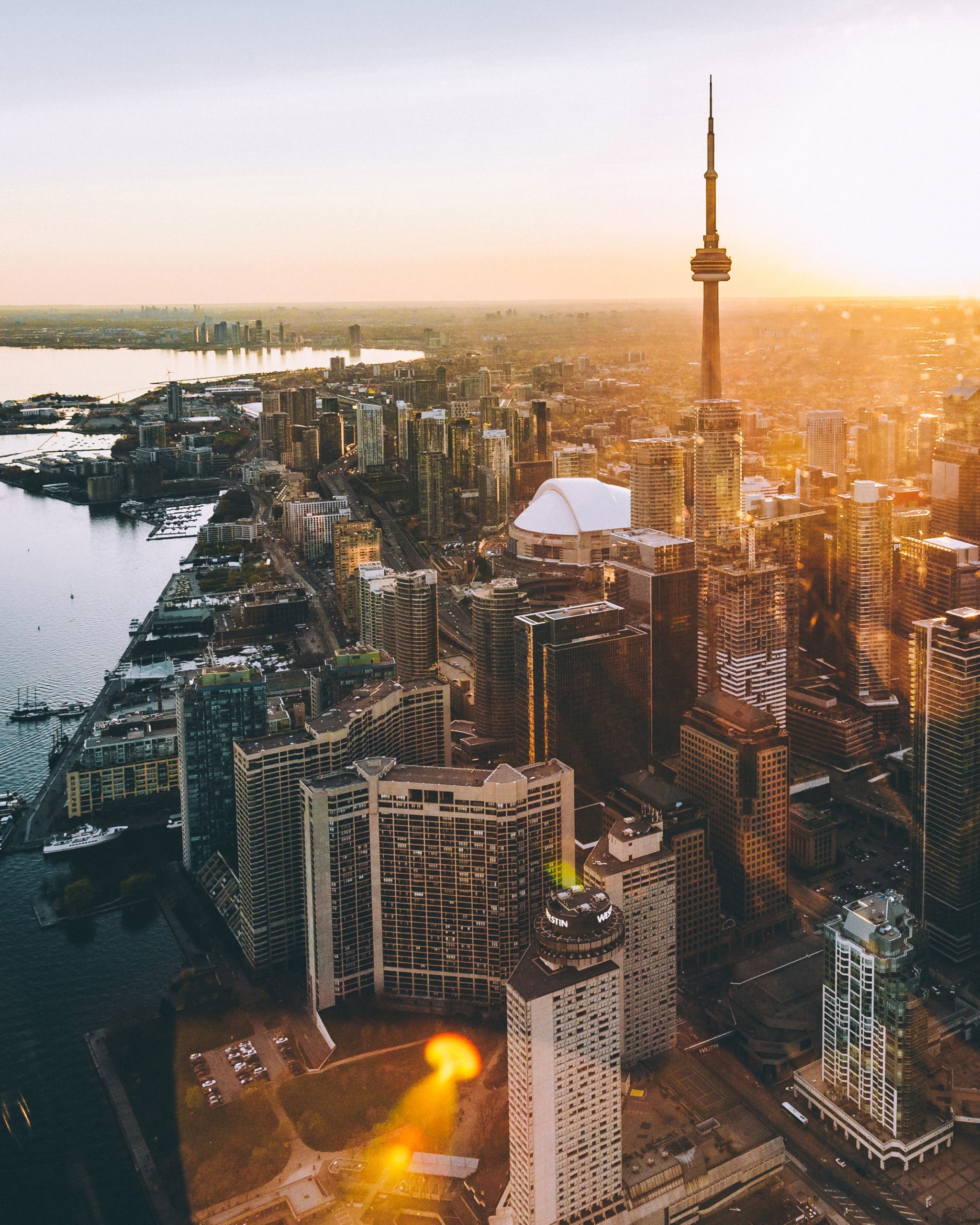 Photo Credit: Mwangi Gatheca
Photo Credit: Mwangi Gatheca
New York City began as a small community at the southern tip of a 23-square-mile island. Some 400 years later, the city has grown in every possible direction. Today it’s home to a handful of the tallest buildings in the world and over 650 miles of tunnels, and has expanded to encompass over 300 square miles. It’s still evolving. This type of expansion is not unique: Miami—which began growing because of a railway—San Francisco, Toronto, and London have also experienced continuous evolution.
Cities are not solely made up of concrete, steel and glass. Cities are made by their inhabitants. Geoffrey West, theoretical physicist and complexity scientist at the Santa Fe Institute, wrote, “The whole point of a city is to bring people together, to facilitate interaction, and thereby to create ideas and wealth, to enhance innovative thinking and encourage entrepreneurship and cultural activity by taking advantage of the extraordinary opportunities that the diversity of a great city offers.”
But 2020 has been a particularly unkind year to cities. Some have suggested that the suburbs are the new camelot as work from home allows flexibility and freedom to live anywhere and work remotely. Many city dwellers returned to the towns they came from or perhaps moved to where they always wanted to be. But people have always left cities in hard times, and others will continue to arrive, precisely because cities are such centers of innovation. When the world changes, cities find ways to respond, because cities are never finished, and that is the point.


